The bi-polar method attempts to overcome potential deception by forcing people to choose between two complementary positive traits. However, in doing so, it sacrifices the most important insight. For example, Acme Industries is hiring a Director of Communications and they require someone who is a good communicator. They have two candidates: Doug and Cheryl. When measured on bipolar scales, both appear to be in the middle, which incorrectly indicates that they are balanced in communication and thus they are both potentially good candidates.
HA takes a different approach by measuring each of the complementary traits independently. When measured on HA’s paradox scale, a clear picture emerges. When viewed on a paradox scale, it is clear that Doug lacks both Frankness and Diplomacy and is a poor communicator. On the other hand, it is clear that Cheryl is both Frank and Diplomatic and is an excellent communicator.
Thus, the traditional bi-polar approach only provides a superficial and often inaccurate view of communication style and fails to identify the behavioral issues that are critical to job success. Paradox Technology provides this vital information without sacrificing its ability to prevent deception. It is highly effective at identifying negative traits because it is based on the principle that each trait has the potential to be either productive or counter-productive, depending upon other balancing traits. For example, we would normally consider Frankness to be a positive trait. However, if it is not combined with Diplomacy, it actually becomes Bluntness which can be counter-productive.
On the other hand, Diplomacy is also normally a positive trait, but without Frankness, it can be counter-productive, taking the form of evasiveness. This depth of information is critical for making the right hiring decisions and optimizing the performance of your existing employees.
For example, we would normally consider Frankness to be a positive trait. However, if it is not combined with Diplomacy, it actually becomes Bluntness which can be counter-productive. On the other hand, Diplomacy is also normally a positive trait, but without Frankness, it can be counter-productive, taking the form of evasiveness.
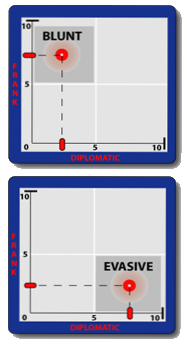
This depth of information is critical for making the right hiring decisions and optimizing the performance of your existing employees.
Paradox Technology analyzes and determines a broad spectrum of potential counter-productive traits without the person having the slightest idea it is happening. This is vitally important since negative traits usually account for60-75% of the factors that determine job success.
Harrison Assessments’ ParadoxTechnology™ produces the most accurate, complete and reliable picture of a person and overcomes the deficiencies of traditional bi-polar measurement. It prevents deception while at the same time provides deep insight into potential counter-productive behavior. Paradox Technology analyzes and determines a broad spectrum of potential counter-productive traits without the person having the slightest idea it is happening. This is vitally important since negative traits usually account for 60-75% of the factors that determine job success.
Enjoyment Performance Theory
Harrison Assessments methodology considers three key issues related to work satisfaction and retention: They are: 1) The degree to which a person’s preferred tasks fit the job, 2) The degree to which a person’s interests fit the job, and 3) The degree to which a person’s work environment preferences fit the job.
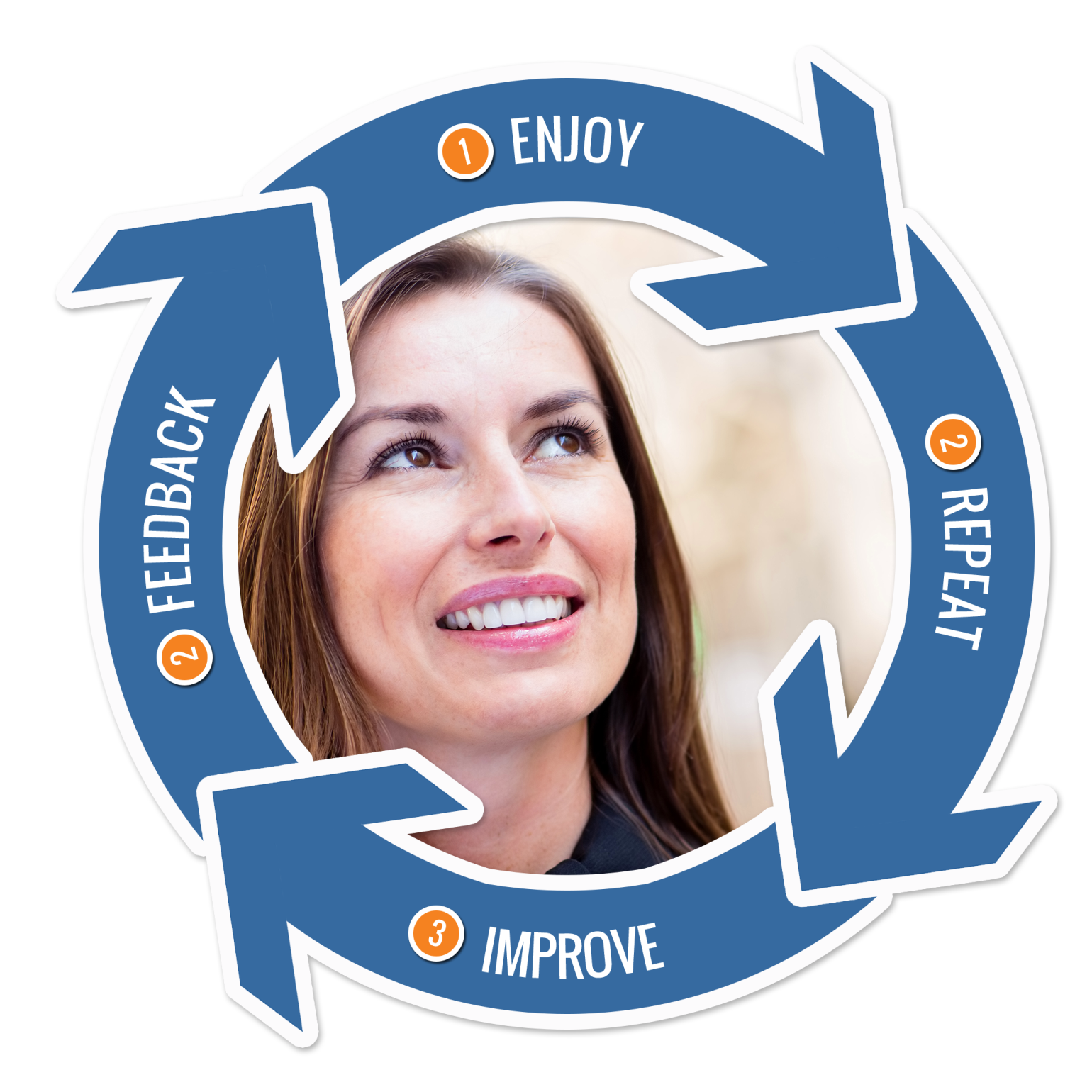
Enjoyment and Performance are linked because the level of enjoyment that an employee has while performing a particular activity is directly related to the level of their performance relative to that activity. When people enjoy a task, they tend to do it more, and get better at it. Good performance creates acknowledgement and/or positive self-regard which then cause them to enjoy the task even more.
Harrison Assessments predicts performance, work satisfaction and retention. It also enables companies to motivate people and increase their performance by assigning the roles and responsibilities that give them the highest degree of work satisfaction.
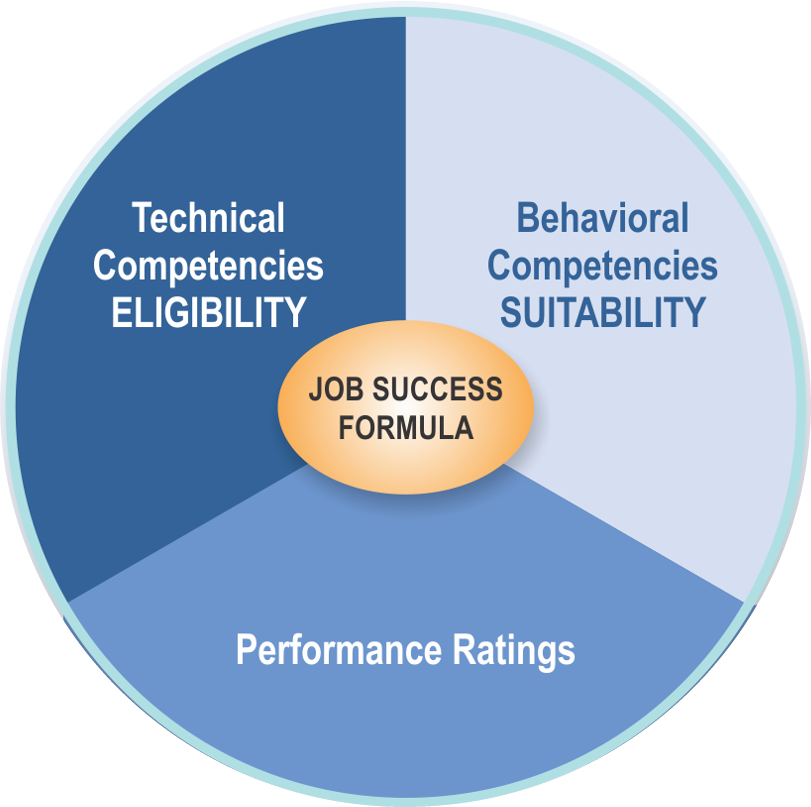
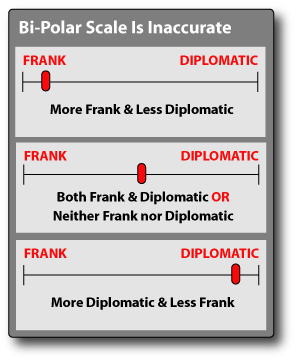
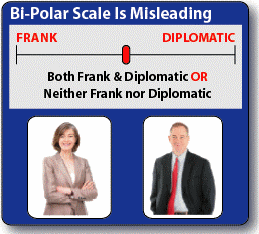
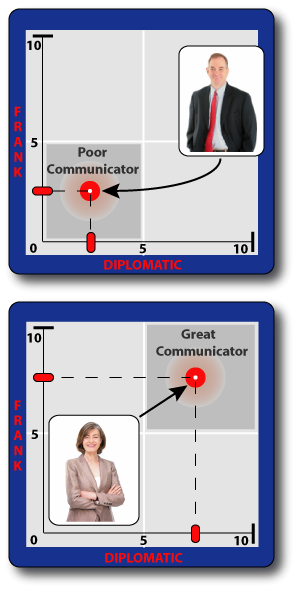
 This depth of information is critical for making the right hiring decisions and optimizing the performance of your existing employees. Paradox Technology analyzes and determines a broad spectrum of potential counter-productive traits without the person having the slightest idea it is happening. This is vitally important since negative traits usually account for60-75% of the factors that determine job success.
This depth of information is critical for making the right hiring decisions and optimizing the performance of your existing employees. Paradox Technology analyzes and determines a broad spectrum of potential counter-productive traits without the person having the slightest idea it is happening. This is vitally important since negative traits usually account for60-75% of the factors that determine job success.
















